Full-Size Truck Repairs: Boosting Business Growth & Trust
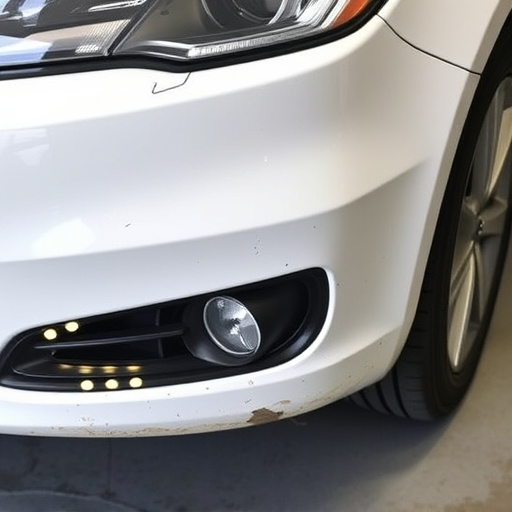
Full-size truck collision repair is a critical differentiator in a competitive market, requiring ski…….
In the realm of automotive restoration, full-size truck collision repair stands as a specialized art and science, demanding precision, expertise, and an understanding of robust vehicles. This in-depth article aims to explore every facet of this critical industry, from its foundational concepts to global implications, technological innovations, and future prospects. By delving into these aspects, we seek to equip readers with a comprehensive knowledge base on what is arguably one of the most demanding sectors within automotive restoration.
Definition: Full-size truck collision repair refers to the specialized process of restoring and reconstructing large commercial vehicles, primarily trucks, following accidents or damage. It involves intricate work to ensure these vehicles return to their original structural integrity, safety standards, and operational efficiency.
Core Components:
Structural Repair: This is the foundation of full-size truck collision repair. Technicians must expertly patch and reinforce damaged body panels, frames, and undercarriages to maintain the vehicle’s overall stability and strength.
Paneling and Bodywork: Replacing missing or damaged exterior panels, ensuring seamless fitting, and restoring the truck’s aesthetic appeal are crucial aspects of this process.
Mechanical Restoration: Complex systems within trucks, such as engines, transmissions, and electrical components, require meticulous attention during collision repair. Restoring these systems to optimal performance is essential for safety and efficiency.
Safety Features: Modern trucks are equipped with advanced safety features like airbags, crumple zones, and anti-lock braking systems (ABS). Repairing or replacing these components while maintaining their integrity is a critical task.
Historical Context: The evolution of full-size truck collision repair mirrors the advancements in truck technology itself. As trucks became larger, more powerful, and equipped with sophisticated safety features, the complexity of restoration increased accordingly. Over time, this field has developed specialized tools, techniques, and training programs to keep pace with these changes.
Significance: Collision repair is not merely about aesthetics; it’s a critical process ensuring truck safety, efficiency, and longevity. Proper restoration can prevent future mechanical issues, maintain vehicle value, and ensure the well-being of drivers and other road users.
Full-size truck collision repair has a significant international reach, with varying regional dynamics:
| Region | Key Trends | Influence |
|---|---|---|
| North America | Advanced technology adoption (e.g., robotic welding), focus on lightweight materials for fuel efficiency | Leads the way in innovative repair techniques and environmental considerations |
| Europe | Stricter safety regulations, emphasis on eco-friendly practices, rise of electric trucks | Promotes precise repairs and sustainable restoration methods |
| Asia Pacific | Rapid urbanization driving demand for delivery trucks, increasing awareness of road safety standards | Experiences a surge in collision repair centers catering to diverse fleets |
| Middle East | Growing construction industry, focus on heavy-duty vehicle maintenance | Requires specialized repair services for specialized trucking operations |
These trends highlight the global nature of this industry and its adaptation to local needs and regulations.
Market Size: The global truck collision repair market was valued at USD 37.6 billion in 2021, projected to grow at a CAGR of 4.5% from 2022 to 2030 (Source: Grand View Research). This growth is attributed to the increasing number of trucks on the road, rising transportation demand, and stringent safety regulations.
Investment Patterns: The market attracts significant investments due to its high-value assets and specialized services. Repair centers often require substantial capital for equipment, training, and facility upgrades.
Economic Impact: Full-size truck collision repair contributes to economic growth by:
Technological innovations have revolutionized full-size truck collision repair:
Computer-Aided Design (CAD) Software: Enables precise measurements, design modifications, and detailed repair plans, improving efficiency and accuracy.
Robotic Welding: Highly automated welding processes ensure consistent quality, reduce labor costs, and enhance safety by minimizing exposure to hazardous materials.
3D Printing: Used for creating custom parts, allowing for faster repairs and the ability to reproduce complex designs.
Advanced Materials: Lightweight composites and high-strength steels offer better crash performance and fuel efficiency while maintaining durability.
Digital Imaging and Sensors: These tools provide real-time data during repair, enabling technicians to make informed decisions and ensure precision.
Key policies and regulations significantly influence full-size truck collision repair:
Safety Standards: Organizations like the National Highway Traffic Safety Administration (NHTSA) set safety standards for vehicle construction and repair, ensuring the integrity of restored trucks.
Emission Controls: Environmental regulations mandate specific emission levels, prompting repairs that enhance fuel efficiency and reduce emissions.
Insurance Requirements: Insurance companies have specific guidelines for collision repair, emphasizing original equipment manufacturer (OEM) parts and certified technicians to maintain coverage.
Wage and Labor Laws: These ensure fair wages, safe working conditions, and adequate training for collision repair technicians, maintaining a skilled workforce.
Despite its growth, the full-size truck collision repair industry faces several challenges:
Skilled Labor Shortage: The demand for highly trained technicians often exceeds the supply, leading to longer waiting times and increased costs. Addressing this requires comprehensive training programs and incentives for skilled workers.
Complex Repairs: Modern trucks with advanced safety features require specialized knowledge for safe repairs. Continuous training and certification programs are necessary to keep up with these changes.
Costly Equipment: Investing in the latest repair technology can be a significant financial burden, especially for smaller repair centers. Funding options and incentives could encourage the adoption of innovative tools.
Proposed Solutions:
Challenge: A major global truck manufacturer faced the task of repairing a diverse fleet of its heavy-duty trucks after accidents, with varying degrees of damage.
Solution: They established a state-of-the-art collision repair center, employing advanced robotic welding systems and CAD software. This center trained its technicians in-house, ensuring consistency and skill mastery.
Outcome: The center achieved remarkable efficiency, reducing repair times by 25% while maintaining exceptional quality. It also contributed to the manufacturer’s reputation for superior after-sales service.
Scenario: A small community in a rural area relied on a local truck repair shop for essential transportation needs. The shop faced challenges keeping up with modern repair techniques.
Strategy: With support from local businesses and government grants, the owner invested in training programs and new equipment. They also partnered with regional universities to source talented technicians.
Result: The shop became a respected, thriving business, providing quality repairs and fostering economic growth within the community.
The future of full-size truck collision repair is filled with potential:
Autonomous Vehicles: As autonomous trucks gain traction, collision repair centers will need to adapt to service these advanced vehicles, focusing on sensor calibration and software updates.
Electric Vehicle (EV) Growth: The rise of electric trucks brings new challenges and opportunities for repairers. EV batteries and electronics require specialized handling and knowledge.
Digitalization: Cloud-based management systems, remote diagnostics, and online parts ordering are set to transform collision repair operations, improving efficiency and customer experience.
Sustainability Focus: The industry will continue to emphasize eco-friendly practices, using recycled materials and implementing energy-efficient processes in repair centers.
Full-size truck collision repair is a dynamic field, constantly evolving with technological advancements and global trends. As trucks become more complex and diverse, the industry must adapt to maintain its critical role in supporting trucking operations worldwide. By embracing innovation, addressing challenges head-on, and prioritizing safety and sustainability, full-size truck collision repair will continue to be an indispensable component of the automotive sector.
Q: How do I choose a reputable full-size truck collision repair center?
A: Look for centers with certified technicians, advanced equipment, positive customer reviews, and experience handling your specific truck make and model. Ask about warranties and aftercare services.
Q: What should I expect during the collision repair process?
A: The process involves assessing damage, creating a repair plan, acquiring parts (if needed), performing repairs, quality control checks, and final inspection before vehicle release. Keep open communication with technicians for updates.
Q: Can full-size truck collision repair improve fuel efficiency?
A: Absolutely! Repairs that enhance structural integrity and use lightweight materials can contribute to better fuel economy. Modern repair techniques and technology play a vital role in achieving these improvements.
Q: How do environmental regulations impact this industry?
A: Environmental laws drive the adoption of eco-friendly practices, such as using recycled parts, implementing energy-efficient processes, and developing greener repair methods, contributing to sustainability goals.
Q: Are there training programs available for aspiring collision repair technicians?
A: Yes, numerous vocational schools, community colleges, and industry associations offer specialized training programs. These programs equip students with the skills needed for successful careers in full-size truck collision repair.

Full-size truck collision repair is a critical differentiator in a competitive market, requiring ski…….
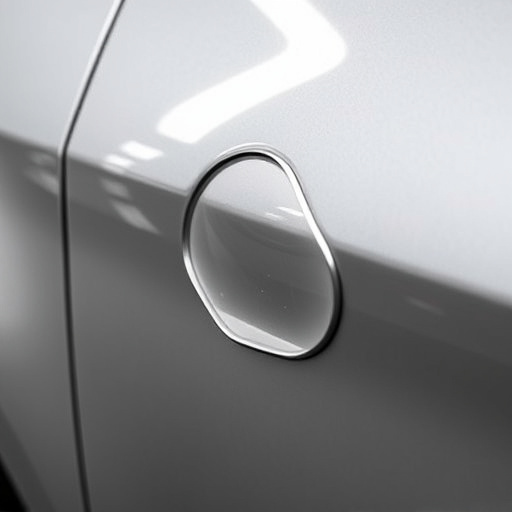
Full-size truck collision repair is a critical aspect of maintaining operational efficiency and safe…….
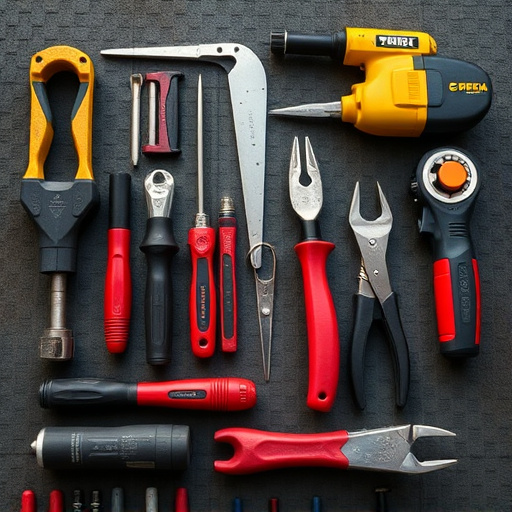
Full-size truck collisions cause significant damage requiring specialized repair. Skilled collision…….
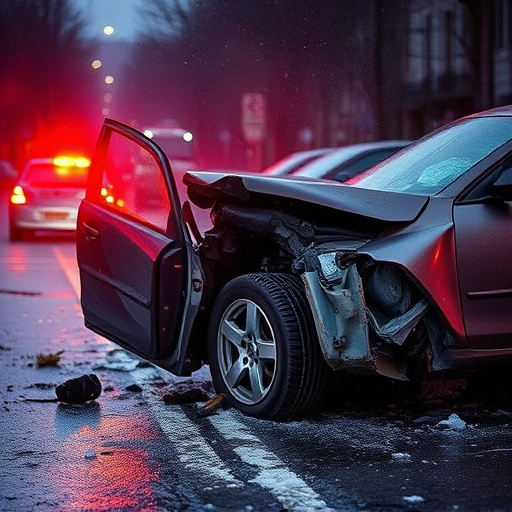
Full-size truck collision repair involves meticulous assessments, utilizing tools like EDMS for fram…….
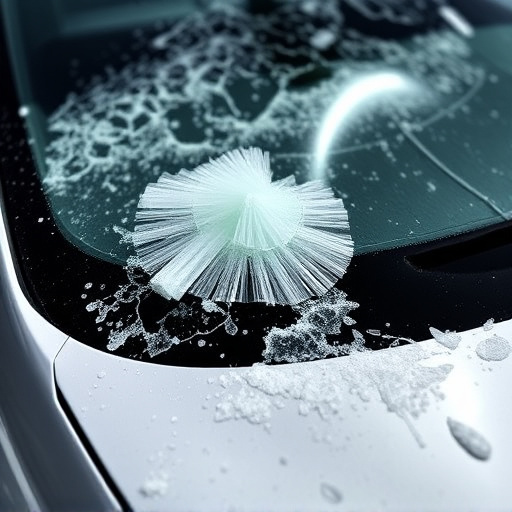
By 2025, despite advancements in electric vehicles and technology, full-size truck collision repair…….
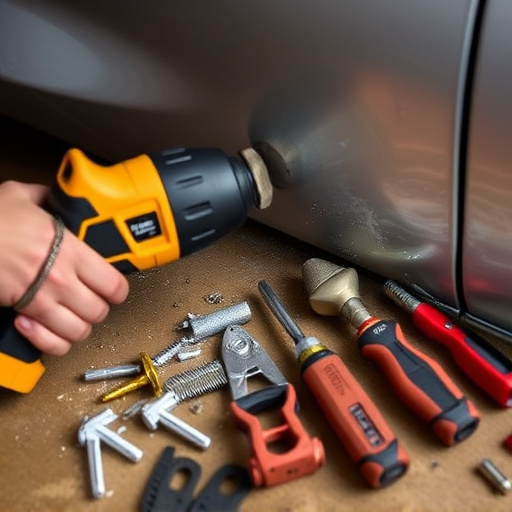
Full-size truck collision repair is a specialized process requiring expert technicians and precise t…….

The growing popularity of full-size trucks has led to a demand for specialized collision repair cent…….

Full-size truck collision repair is a complex process requiring detailed attention, starting with an…….

Full-size truck collision repair demands a meticulous assessment using advanced tools like digital m…….
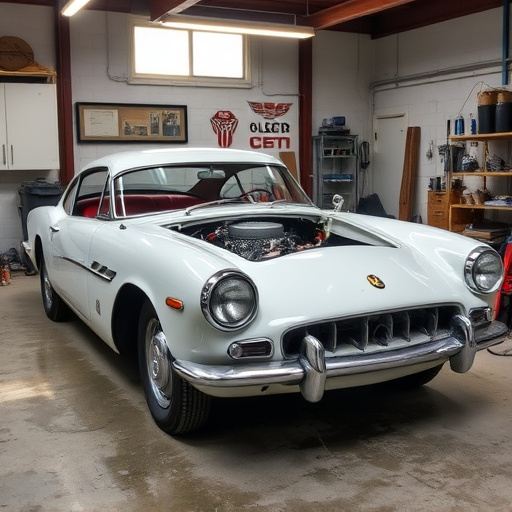
Full-size truck collision repair involves hidden costs and complex work. Efficiency through modern e…….